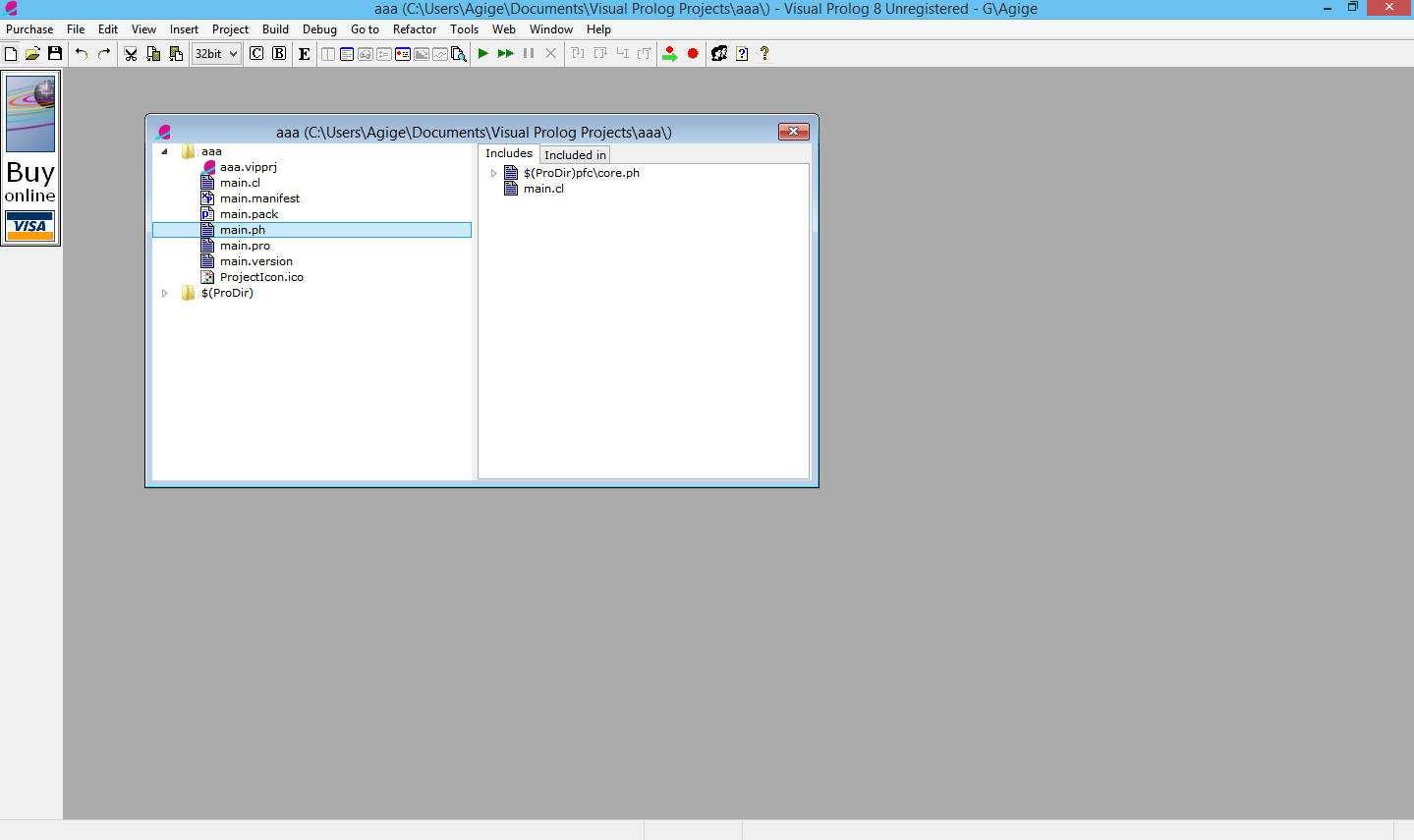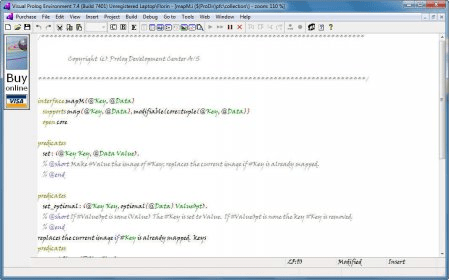

A program is thus syntactically similar to a single procedure or function. Unlike C (and most languages in the C-family), Pascal allows nested procedure definitions to any level of depth, and also allows most kinds of definitions and declarations inside subroutines (procedures and functions). Pascal has strong typing on all objects, which means that one type of data cannot be converted to or interpreted as another without explicit conversions. On top of ALGOL's scalars and arrays, Pascal enables defining complex datatypes and building dynamic and recursive data structures such as lists, trees and graphs. In 1968, Wirth decided to abandon the ALGOL X process and further improve ALGOL W, releasing this as Pascal in 1970. This was not accepted, and the ALGOL X process bogged down. Wirth was involved in the process to improve the language as part of the ALGOL X efforts and proposed a version named ALGOL W.

It is named in honour of the French mathematician, philosopher and physicist Blaise Pascal.īased on Wirth's book Algorithms + Data Structures = Programs, Pascal was developed on the pattern of the ALGOL 60 language.

Pascal is an imperative and procedural programming language, designed by Niklaus Wirth as a small, efficient language intended to encourage good programming practices using structured programming and data structuring.


 0 kommentar(er)
0 kommentar(er)
